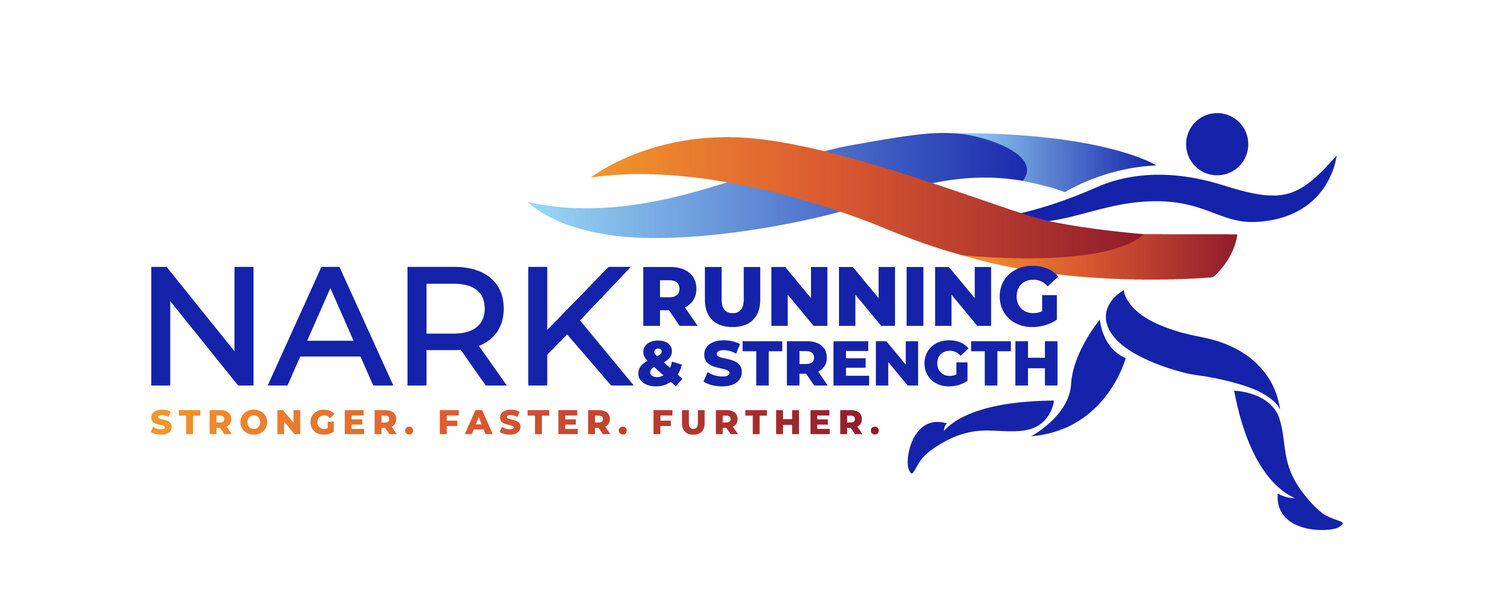Runners and triathletes have specialized STRENGTH needs that differ from the the sedentary person that is going to the gym in search of “that burn” or just needs to get into shape for summer. The average person or athlete that trains for a non endurance sport needs a much different STRENGTH program than that of an endurance athlete. It drives me absolutely crazy to see endurance athletes jump into these silly metabolic, barre, or boot camp classes for STRENGTH gains. Runners and triathletes do anywhere from four to twenty hours of weekly aerobic/conditioning based activities. Do you really think that runners/triathletes need anymore of this when you go to the gym for your STRENGTH training? Below are my top 6 STRENGTH TRAINING ERRORS made by endurance athletes when they go to the gym for STRENGTH.
Burpees: (high reps for conditioning)
Do we really need to be jumping onto the floor and getting back up again in hopes of raising our heart rate and creating a tough challenge? It would be a much better use of time by spending this time lifting some weights. The primary goal of squat thrusts or burpees is for conditioning purposes and not for STRENGTH building. The exercises and movements that we do in the gym need to be dedicated to activities that help to build STRENGTH and not replicate the exercise stress of our endurance events.
Light weight lower body: (body weight or light weight high reps squatting and lunging)
We spend so much of our time on our feet with the repetition of running and are constantly moving our own body weight around unloaded. There is just no need for body weight exercises on the lower body when our primary goal is to gain lower body STRENGTH. This lower body STRENGTH that we are in search of in the gym should be a complimentary STRENGTH that helps to enhance our running. Once again, we don’t need to replicate the same unloaded movements that we are doing for between 4-20 hours a week in our endurance activities. We need to load up the squat bar, pick up some heavy kettlebells, or move some heavier loads with that lower body. This will help to achieve our goal of building STRENGTH while at the gym.
Battling ropes: (high rep conditioning sets)
The primary goal of battling ropes is for conditioning purposes and can serve as a GREAT tool for the sedentary individual in search of that washboard stomach for summer. That being said, endurance athletes are already getting a ton of aerobic and anaerobic system stimulus each week in your regular training programs. Traditional fitness programs are filled with daily rope intervals to kick up the intensity in their workouts. This exercise stimulus closely resembles that of the speed work sessions that you may already be doing on the roads and track on a normal weekly basis. Therefore if you goal is to be building STRENGTH while in the gym then you will be missing the mark on spending too much time on this one.
Sled pushes: (sled pushes for conditioning)
Another great fitness tool that trainers/coaches utilize all across the fitness planet is that of the SLED! It is a FABULOUS tool for both STRENGTH and conditioning purposes in our general populations. Where trainers go wrong with our endurance athletes is that the sled is systematically misused and not applied correctly to meet the needs of the endurance athlete. The sled is either weighted too light or placed incorrectly into the workouts.
Single joint range of motion exercises: (isolation bicep and tricep exercises)
With busy training schedules it’s super important that as endurance athletes we need to be efficient as possible with our gym time. Spending time focusing on single joint range of motion exercises does not fit the bill. Everything that we do in competition requires full body coordination, stability, and STRENGTH. Although standing in front of the mirror and cranking out bicep curls may be aesthetically pleasing to you it just doesn’t have much carryover to sport. Focusing on complex or full body movements will be a much more productive use of time and carryover more directly to your running, riding, and swimming.
Machine based exercises:
In the 70’s machine STRENGTH training was popularized with the bodybuilding boom. When we use machines for our STRENGTH we completely remove the stability element from our training. With endurance events stability plays a huge role in our sport and can be simultaneously challenged with our strength by doing activities while on our feet. STRENGTH exercises that resemble the movement patterns of our sport are going be much more efficient and have far more carryover to our competitive events.
BONUS: HIIT Training or METABOLIC strength workouts:
This one here is a HUGE ERROR that is made by endurance athletes all across the land all the time. Light weight high rep training with short recoveries, although a great option for the sedentary population is just not appropriate in large doses for endurance athletes. Repetition ranges over 12-15 reps or timed sets of 45 seconds or more with short 15 second recoveries will not achieve the STRENGTH goals that you are in search of. These types of workouts are geared for folks that don’t do any ancillary cardio and need a STRENGTH/cardio mix to complete their exercise needs. For endurance athletes the goal of the gym is for STRENGTH as we will achieve our cardio goals in our regular training. Drop the conditioning workouts for more true STRENGTH based workouts.
In the article above I have attempted to give aspiring endurance athletes the guidance that you will need to either fine your STRENGTH routine or change to one that will meet your endurance goals more efficiently. Our sport is very demanding and having a STRENGTH program that compliments our sport is essential towards injury freedom, consistency, and performance at our highest levels. Get to the gym and get STRONG!



